Our Vision
To create a nationally recognised Waterway Park linking Bedford and Milton Keynes for the social, economic and environmental benefit of our communities.
The waterway park will be the Flagship blue/green infrastructure project within the Oxford to Cambridge Arc creating a green corridor at the heart of the new developments, linking communities and creating a unique sense of identity and space.
It is a waterway for everyone. The waterway park will provide vastly improved opportunities for boating, canoeing, fishing, cycling, walking or just relaxing. Serving local people, enhancing the local environment and benefitting the local economy through tourism, regeneration and new development.
History of the Waterway
Today
The Bedford & Milton Keynes Waterway Trust is a thriving diverse organisation promoting the Waterway Park. The majority of our income to achieve this comes from the fantastic work of the volunteers who run and maintain the John Bunyan Community boat consistently one of the top rated tourist activities in the Bedford and Electra Community Boat based on the Grand Union at Campbell Wharf. At Kempston Mill construction of a new landing stage on river Great Ouse for use by John Bunyan community boat and other craft.
Our other current projects include:
• Improving the Head of Navigation at Kempston, dredging the river to improve navigation & constructing a winding point (turning point for boats).
• Undertaking a study with the Environment Agency to asses the benefits for flood & water management.
• Promoting the project as a key environmental project within the Oxford-Cambridge development arc.
2021: Launch of the Electra Community Boat
The Electra Bunyan Community Boat commissioned by the trust, all-electric volunteer-run 12-seater trip boat based on the Grand Union Canal in Milton Keynes. Step aboard for a relaxing cruise on the Grand Union Canal, and experience a different view of the city. Launched in July 2021
Electra is a leading all-electric boat, running over 250 cruises per season, and a real head turner on the lovely Grand Union Canal through Milton Keynes!
Battery and electrical management systems will be enhanced to keep Electra at the forefront of environmentally friendly boat technology in the new city of Milton Keynes.
Electra is operated by Bedford & Milton Keynes Waterway Enterprise limited on-behalf of the Trust
2013: Launch of the John Bunyan Community Boat
Bedford & Milton Keynes Waterway Enterprises Limited was established in 2012 to manage the commercial activities of the Bedford & Milton Keynes Waterway Trust. Its first task was to design and commission a trip boat to cruise the river in Bedford. The John Bunyan Community Boat was built by Colecraft in Warwickshire and launched in July 2013. It is 72 ft long, 10 ft wide and can carry up to 50 passengers at a time. It is crewed and maintained entirely by volunteers and now carries over 7,000 passengers per year. In 2013 it won an award at the Pride of Bedfordshire Awards and has consistently been rated as one of the towns top attractions since.
2010: The B&MK Waterway Consortium formed
The Consortium was formed in May 2010 to take the Waterway forward into the next stages of planning and design. The Consortium is a group of 10 organisations that have agreed to work together to help deliver the Bedford Milton Keynes Waterway Park. Its purpose is to jointly fund key pieces of work and encourage its members to use their powers and resources to support delivery of the Waterway Park acting as ambassadors for the project in their respective spheres. The Consortium normally meets twice a year in the spring and autumn to provide high level governance, oversight and co-ordination of activity.
The consortium consists of: Bedford Borough Council; Central Bedfordshire Council; Milton Keynes Council; Bedford & Milton Keynes Waterway Trust; Canal and River Trust; Environment Agency; Forest of Marston Vale Trust; The Milton Keynes Parks Trust; Water Resources East; and Bedford Group of Internal Drainage Boards.
1990s: Bedford & Milton Keynes Waterway Trust established
In 1994 Bedford resident, Brian Young, had the vision of completing a canal project which had been abandoned over 100 years previously, to join the Great Ouse in Bedford to the Grand Union Canal. His aim was to get the canal built as part of the celebrations of the new millennium creating a “Waterway for All” – improving the quality of the local environment and serving the new industries of leisure, tourism and communications – in short reinventing canals for the 21st century. Brian founded the Bedford & Milton Keynes Waterway Trust in 1995 with an informal group of volunteers. In the year 2000 British Waterways started working with the Trust to investigate the feasibility of the project, and in November of that year the Trust became a formal voluntary organisation with a growing, active membership.
1846: The Canal Project is doomed…
During the 1840s railways quickly became essential to the swift movement of goods and labour that was needed for industrialization. In the beginning, canals were in competition with the railways, but the railways quickly gained ground as steam and rail technology improved and railways were built in places where canals were not practical. In 1846 the Bedford to Bletchley Railway was opened and was largely built on the route of the 1812-13 canal. The railway seemed to have sounded the death-knell for further canal development, although in 1892 a company called ”The Ouse River, Canal and Steam Navigation Limited” attempted to acquire the rights of the river and to build a canal between the Ouse and the Grand Junction. There were numerous objections to the proposal which also failed.
1810-12: An idea is born…
The roots of the Bedford-Milton Keynes Canal go back 200 years to 1811 when a group of Bedford businessmen met the Mayor of Bedford to discuss the trade benefits of linking the River great Ouse and the Grand Junction Canal. Local roads were poor and they hoped a canal would lead to greater prosperity for towns along the route.
Samuel Whitbread (MP) and the Duke of Bedford were among the supporters of the scheme. William Praed, chairman of the Grand Junction Canal, was enthusiastic and agreed to fund half of the cost. They commissioned John Rennie, the famous canal engineer, to survey the route. He proposed two options for the new canal, one joining the Grand Junction at Woughton and the other at Soulbury. The costs would be between £140,000 and £180,000. Four possible sites for a reservoir were proposed at an additional cost of £20,000.
1810-12: An idea is born…(part 2)
At the same time a list of landowners who consented or objected to the project was prepared. Henry Hugh Hoare of Wavendon House was clearly leading the opposition to the canal. An opposition meeting was held at Ampthill in 1812. Henry Hoare employed his own engineer, John Holland, to undertake his own survey which was over £100,000 more than Rennie’s. Enthusiasm for the canal began to wane. The Duke of Bedford became disillusioned. It became clear that the canal project was doomed without the financial support of the Grand Junction Company which would not be forthcoming. In early 1815 the creditors were called in and paid off.
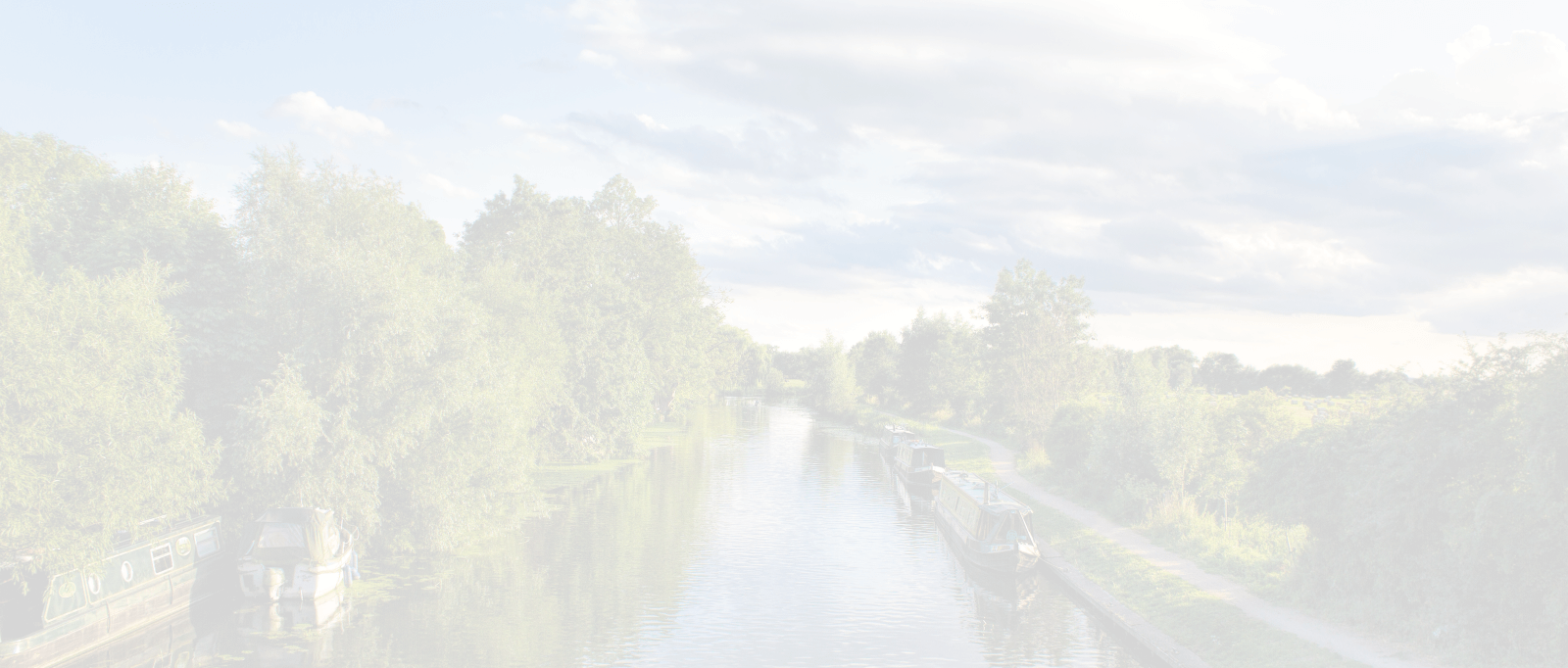
Waterway Benefits
-
Delivering economic growth through tourism, regeneration and new development
-
Promoting healthy living with new recreational facilities both on and off the water
-
Helping flood & water management across the Great Ouse catchment and beyond
-
Enhancing the local environment, increasing bio-diversity and establishing a new waterway park
The waterway park will provide new recreational and leisure opportunities both on and off the water. It will be accompanied by accessible footpaths, cycle paths and a green corridor enhancing the regional biodiversity and delivering significant benefits to the local economy from tourism, regeneration and new development. The waterway park also has the potential to assist with flood management and water transfer across the Great Ouse catchment and beyond.
To find out more download our Economic & Water Management studies. Please contact us if you wish to see the full appendix.
"There is compelling evidence that people who live near water or green space, or have regular access to it, are happier, healthier and more productive.” Sir James Bevan, Chief Executive of the EA
BMK Waterway Trust
The Bedford & Milton Keynes Waterway Trust is a charity and company limited by guarantee. It was established in 1995 to “promote and assist in the provision and maintenance of a new waterway and associated facilities and structures connecting the Grand Union Canal at Milton Keynes to the River Great Ouse at Bedford, for the benefit of local inhabitants and visitors”.
People
The Board of Trustees/Directors has corporate responsibility for the Trust and its operation

Simon Clewlow
Chair
BSc (Hons) DiplEng CEng MICE MCIHT MTPS Simon is a Chartered Civil Engineer with a 40 year consultancy career. After working for large firms for 25 years, Simon has run his independent transport planning practice since 2009. Active in the Institution of Civil Engineers and the Royal Town Planning Institute, most recently as a lay member of its Conduct and Discipline Panel, Simon is also a past president of the Bedford Civil Engineering Society.
BSc (Hons) DiplEng CEng MICE MCIHT MTPS Simon is a Chartered Civil Engineer with a 40 year consultancy career. After working for large firms for 25 years, Simon has run his independent transport planning practice since 2009. Active in the Institution of Civil Engineers and the Royal Town Planning Institute, most recently as a lay member of its Conduct and Discipline Panel, Simon is also a past president of the Bedford Civil Engineering Society.

John Best
Vice Chair
John is responsible for planning in the Milton Keynes section of the route and shares this responsibility with Jane Hamilton. After three decades working for local authorities, latterly as Chief Executive of Milton Keynes Council, John now lives in MK and has an international portfolio of activities relating to place-making and place shaping. He brings experience of developing community-led waterway-based projects having for several years been secretary of the Lee Valley Association in North-East London, and now sees the B&MK Waterway as one of the most ambitious elements of the shaping of this sub-region.
John is responsible for planning in the Milton Keynes section of the route and shares this responsibility with Jane Hamilton. After three decades working for local authorities, latterly as Chief Executive of Milton Keynes Council, John now lives in MK and has an international portfolio of activities relating to place-making and place shaping. He brings experience of developing community-led waterway-based projects having for several years been secretary of the Lee Valley Association in North-East London, and now sees the B&MK Waterway as one of the most ambitious elements of the shaping of this sub-region.

Julian Armitage
Director
BSc (Hons) CEng MICE Julian Armitage has spent a number of years as an HR specialist with major construction companies. He is keen to see the Waterway built and believes this vision will become a reality only with buy-in from the local community, public authorities, private investment and the government. Julian is a volunteer driver of the Villager Community bus, serving North Bedfordshire villages. He is also a Trustee of Amicus Trust providing housing for homeless people.
BSc (Hons) CEng MICE Julian Armitage has spent a number of years as an HR specialist with major construction companies. He is keen to see the Waterway built and believes this vision will become a reality only with buy-in from the local community, public authorities, private investment and the government. Julian is a volunteer driver of the Villager Community bus, serving North Bedfordshire villages. He is also a Trustee of Amicus Trust providing housing for homeless people.

Stephen Ashley
Director
Stephen has held a number of senior roles with leading Telecommunication Software organisations including Ericsson, Motorola & Cisco Alliance. He has developed and implemented strategic Market Communications Partner Programs with leading Global System Integrators. He has an extensive background in helping companies grow existing and new markets through the building of sustainable business and technical partnerships resulting long term revenue growth.
Stephen has held a number of senior roles with leading Telecommunication Software organisations including Ericsson, Motorola & Cisco Alliance. He has developed and implemented strategic Market Communications Partner Programs with leading Global System Integrators. He has an extensive background in helping companies grow existing and new markets through the building of sustainable business and technical partnerships resulting long term revenue growth.

James Barbour
Director
Born & raised in Bedford James believes the Waterway Park will be a huge benefit to Bedford & the surrounding area. The family farm is close to the route so James has been interested in the project for many years before joining the board in 2019. A graduate of Imperial College London, James spent his early career working in the downstream oil industry. In 2007 he was involved in setting up Box End Park in Kempston and now works there full time.
Born & raised in Bedford James believes the Waterway Park will be a huge benefit to Bedford & the surrounding area. The family farm is close to the route so James has been interested in the project for many years before joining the board in 2019. A graduate of Imperial College London, James spent his early career working in the downstream oil industry. In 2007 he was involved in setting up Box End Park in Kempston and now works there full time.
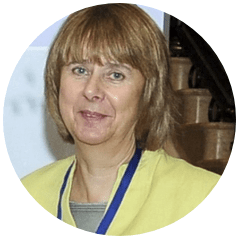
Beryl Bennett
Director
Beryl worked in the not-for-profit sector for more than 30 years. She represented her organisation at both national and international forums and was responsible for developing active and genuine collaborations with a number of partners. She has extensive experience in strategic planning and its subsequent implementation, as well as event and general project management skills. In 2011, she received the MBE for services to women’s health.
Beryl worked in the not-for-profit sector for more than 30 years. She represented her organisation at both national and international forums and was responsible for developing active and genuine collaborations with a number of partners. She has extensive experience in strategic planning and its subsequent implementation, as well as event and general project management skills. In 2011, she received the MBE for services to women’s health.
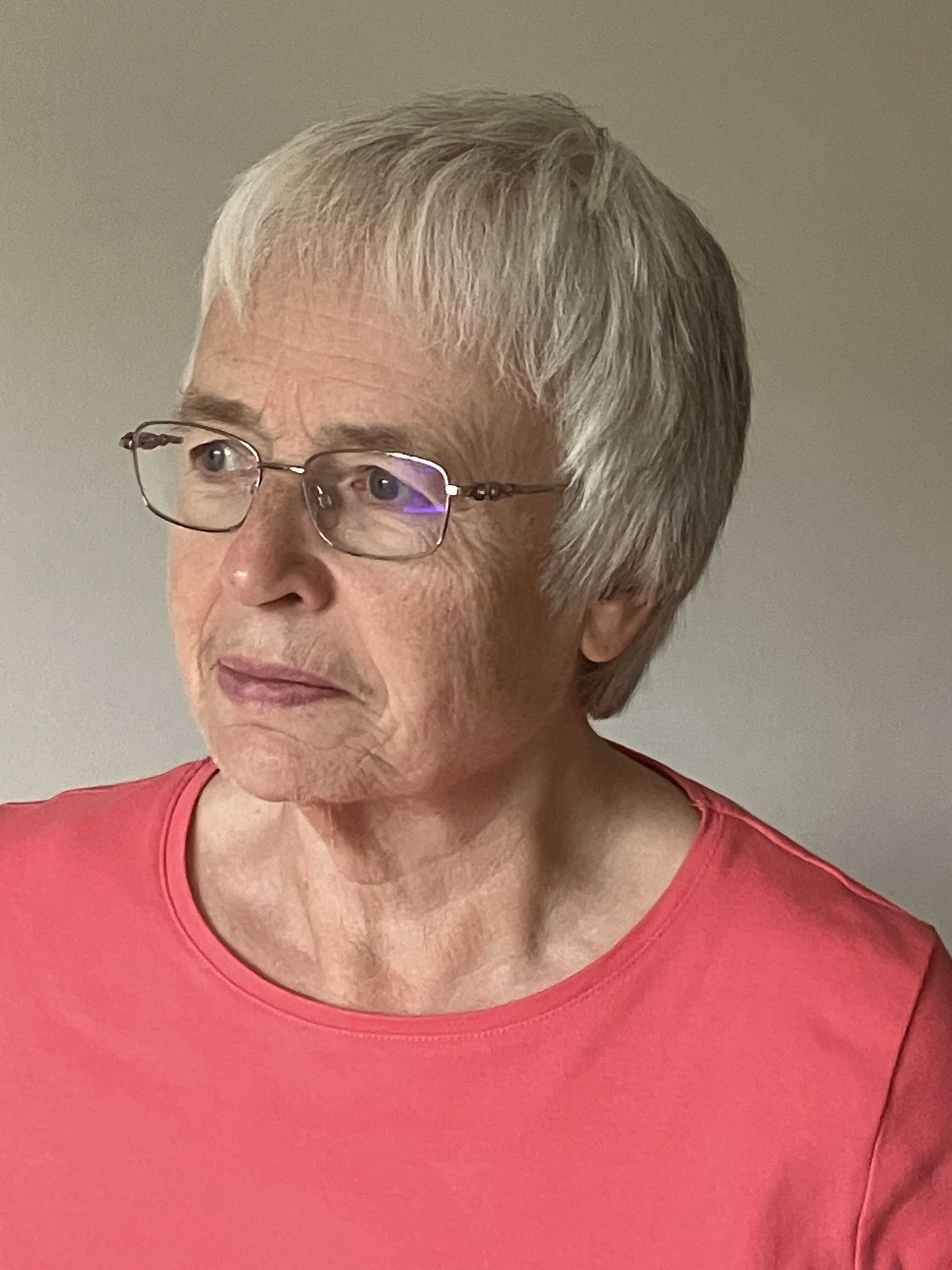
Janet Goodland
Director
Janet has a background in transport planning and major project development. She spent her career in the rail industry, was responsible for the development of a number of major projects including the Thameslink Programme and the rail transport infrastructure for the London 2012 Olympic Games. Was a non-Executive Director at the Planning Inspectorate from 2012-2016, and currently the Vice Chair of the Railway Benefit Fund, a trustee for an employee-owner transport consultancy, and the Newcomen Collett Foundation.
Janet has a background in transport planning and major project development. She spent her career in the rail industry, was responsible for the development of a number of major projects including the Thameslink Programme and the rail transport infrastructure for the London 2012 Olympic Games. Was a non-Executive Director at the Planning Inspectorate from 2012-2016, and currently the Vice Chair of the Railway Benefit Fund, a trustee for an employee-owner transport consultancy, and the Newcomen Collett Foundation.

Chris Hilliard
Chris spent 7 years as Headteacher of a large secondary school. From 2009-12 he was Bedford Borough Council’s Director of Children’s Services. He then delivered contracts for 7 councils. Chris has been a Governor for 30 years including Chairing; Trustee; National Leader of Governance. Chris joined the John Bunyan Boat in 2013; became a Boatmaster in 2015; was Chair of the Enterprise Board from 2016-18. Chris joined the Trust Board in 2019.
Chris spent 7 years as Headteacher of a large secondary school. From 2009-12 he was Bedford Borough Council’s Director of Children’s Services. He then delivered contracts for 7 councils. Chris has been a Governor for 30 years including Chairing; Trustee; National Leader of Governance. Chris joined the John Bunyan Boat in 2013; became a Boatmaster in 2015; was Chair of the Enterprise Board from 2016-18. Chris joined the Trust Board in 2019.

Drew Marchant
Director
BSc (Hons), MBA Drew is a business project manager with over 40 years in engineering, electronic publishing, market research/public consultation, and transportation. He became involved in the Waterway in 2007 while at Renaissance Bedford where he led on infrastructure delivery to support the homes and jobs growth in Bedford and Marston Vale. Drew is a member of the Trust’s Investment Panel scrutinizing proposed projects on behalf of the Board.
BSc (Hons), MBA Drew is a business project manager with over 40 years in engineering, electronic publishing, market research/public consultation, and transportation. He became involved in the Waterway in 2007 while at Renaissance Bedford where he led on infrastructure delivery to support the homes and jobs growth in Bedford and Marston Vale. Drew is a member of the Trust’s Investment Panel scrutinizing proposed projects on behalf of the Board.
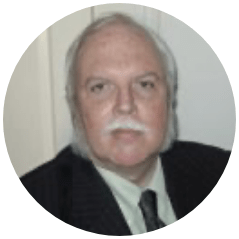
Leigh Willows
Membership Development Director
Leigh joined the Trust as a director at the 2015 AGM and continues in his role as Membership Secretary which he has held since 2003. Leigh has worked in the logistics industry for over 30 years and is now a consultant in warehouse design. He has always enjoyed being on or by the water, has had boating holidays since his childhood and even spent a short time as a merchant seaman.
Leigh joined the Trust as a director at the 2015 AGM and continues in his role as Membership Secretary which he has held since 2003. Leigh has worked in the logistics industry for over 30 years and is now a consultant in warehouse design. He has always enjoyed being on or by the water, has had boating holidays since his childhood and even spent a short time as a merchant seaman.
BMK Waterway Enterprises Ltd
Bedford & Milton Keynes Waterway Enterprises Limited is the trading company formed in 2012 to manage the commercial activities of the Bedford & Milton Keynes Waterway Trust. It commissioned and runs the “John Bunyan” community boat, offering cruises and private charters on the River Great Ouse for up to 50 guests and runs the Electra Community boat on the Grand Union Canal at Campbell Wharf. These projects raise the profile of the waterway park with local people as well as raising funds for the Trust which have paid for various technical, economic and feasibility studies to bring the waterway closer to reality.
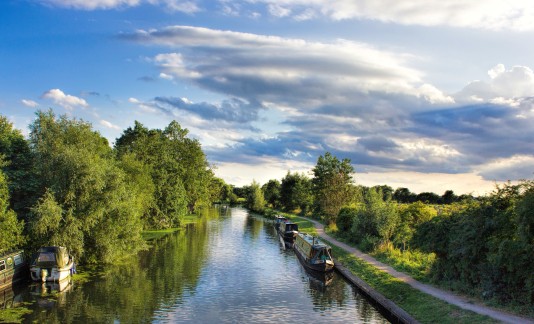
The B&MK Waterway Consortium
The Consortium was formed in May 2010 to take the Waterway forward into the next stages of planning and design. The member organisations are shown below and include the three Local Authorities and key stakeholders. The Consortium meets twice a year in the spring and autumn to provide high level governance, oversight and co-ordination of activity. The Chair rotates between the three local authorities along the route.



